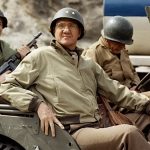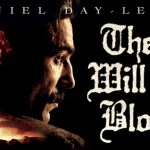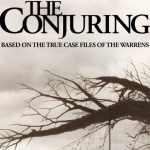“Apocalypse Now,” directed by Francis Ford Coppola and released in 1979, is a landmark film that delves deep into the horrors of war and the human psyche.

Apocalypse Now, directed by Francis Ford Coppola and released in 1979, is a landmark film that delves deep into the horrors of war and the human psyche. Based on Joseph Conrad’s novella “Heart of Darkness,” the film transposes the story to the Vietnam War, exploring the madness and moral ambiguity of conflict.
Plot Summary:
Prologue:
The film opens with the haunting imagery of a jungle in flames, set to the melancholic strains of The Doors’ “The End.” The scene transitions to Captain Benjamin L. Willard (Martin Sheen), a battle-weary and psychologically scarred U.S. Army officer, languishing in a Saigon hotel room. Summoned for a top-secret mission, Willard is briefed by his superiors about Colonel Walter E. Kurtz (Marlon Brando), a highly decorated officer who has gone rogue deep in the Cambodian jungle, commanding his own army and conducting unsanctioned operations.
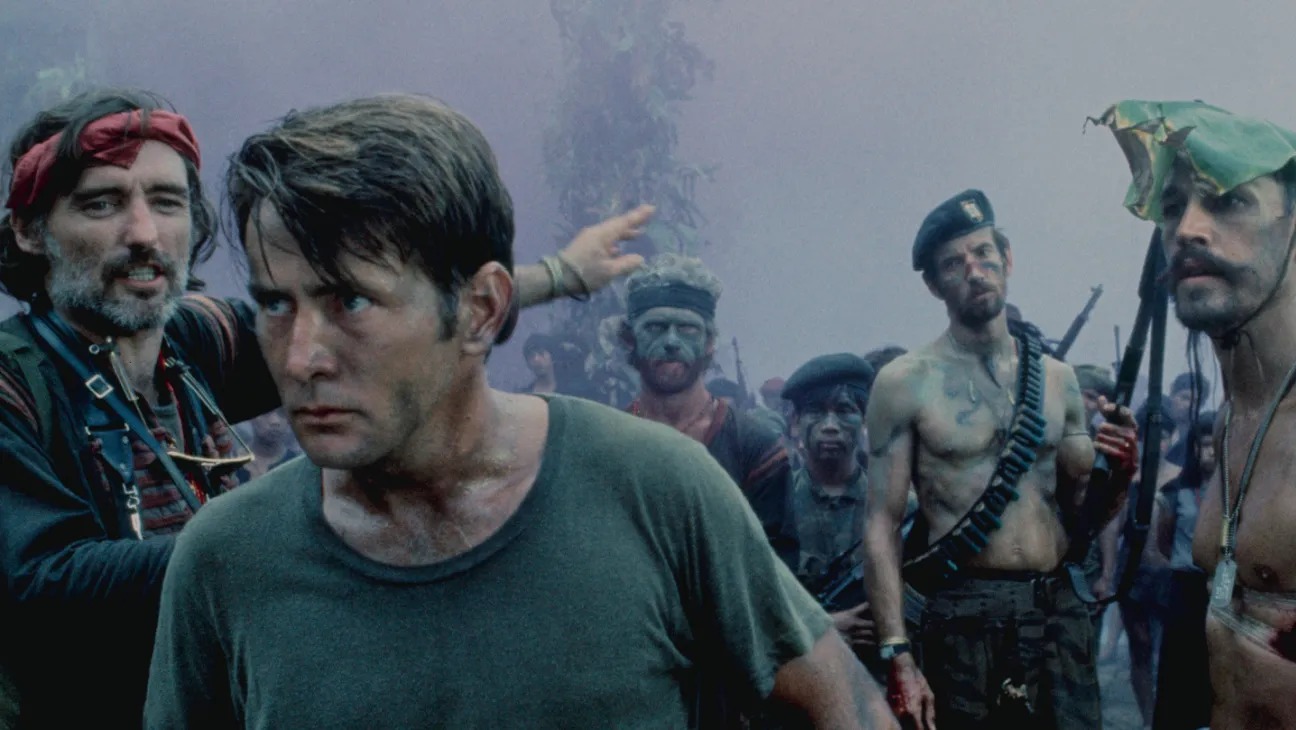
The Mission Begins:
Willard embarks on a perilous journey upriver aboard a Navy patrol boat crewed by a diverse and colorful group of soldiers, including the resolute Chief (Albert Hall), the young and innocent Lance (Sam Bottoms), the street-smart Chef (Frederic Forrest), and the laid-back Clean (Laurence Fishburne). As they navigate the treacherous waters, they encounter surreal and nightmarish episodes that highlight the chaos and brutality of the Vietnam War.
Surreal Encounters:
Among the memorable episodes is an encounter with Lieutenant Colonel Bill Kilgore (Robert Duvall), an eccentric and gung-ho officer who leads a helicopter assault on a Viet Cong-held village to the tune of Wagner’s “Ride of the Valkyries.” Kilgore’s obsession with surfing amidst the carnage epitomizes the absurdity of war. Another surreal encounter occurs at the Do Lung Bridge, where Willard witnesses the frenzied and hallucinatory chaos of a war without clear front lines.
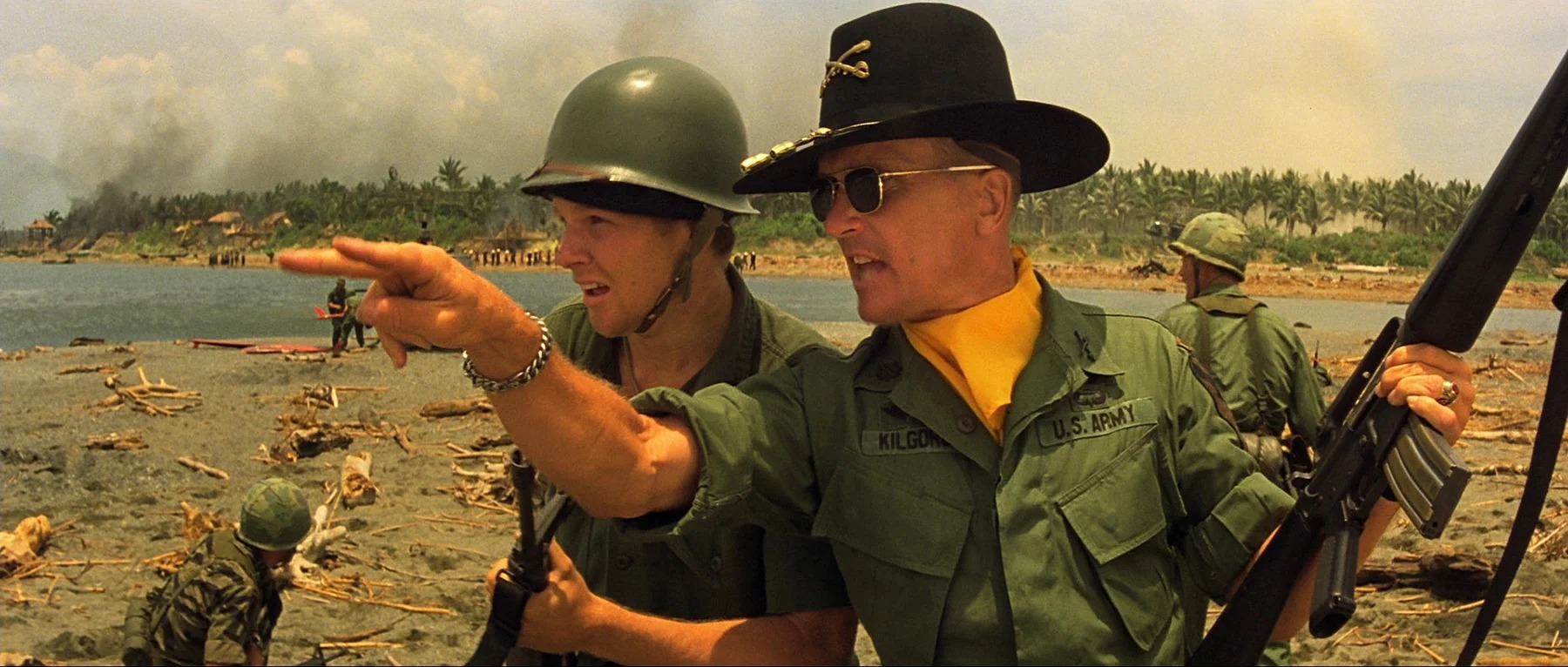
Descent into Madness:
As the boat ventures deeper into the jungle, the crew faces mounting dangers, both external and internal. The environment grows increasingly oppressive, mirroring Willard’s psychological descent. The crew suffers losses, and Willard’s obsession with Kurtz intensifies. Along the way, he reads Kurtz’s dossier, revealing a brilliant but deeply troubled man who has rejected conventional military and moral constraints.
The Heart of Darkness:
The climax of the film occurs when Willard finally reaches Kurtz’s compound, a nightmarish domain where Kurtz reigns as a god-like figure among his followers. Willard confronts Kurtz, who delivers cryptic and profound monologues about the nature of war, civilization, and humanity. Kurtz’s famous utterance, “The horror… the horror,” encapsulates his disillusionment and despair.
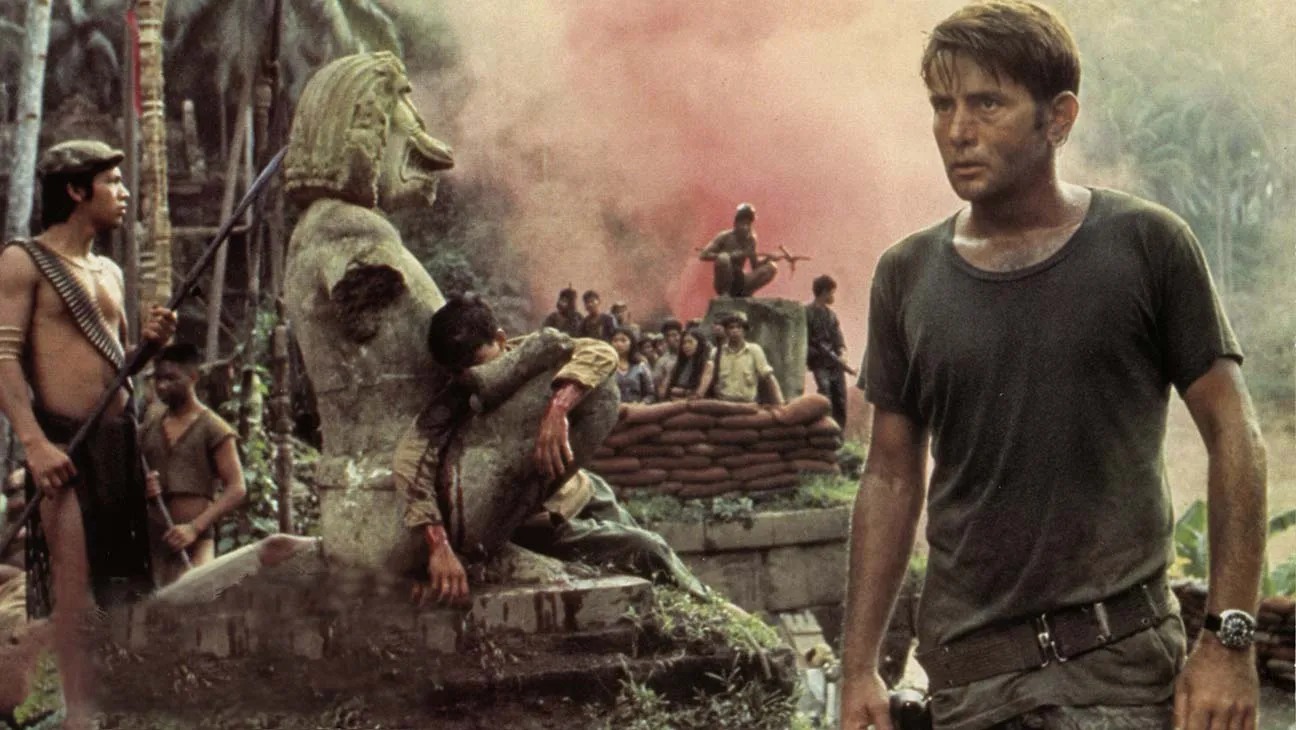
The Final Act:
In a powerful and ambiguous ending, Willard kills Kurtz as part of his mission. Emerging from the compound, Willard is met with a mix of reverence and fear by Kurtz’s followers. He chooses to reject Kurtz’s mantle of power, instead leading the surviving crew members back to their boat. The film concludes with a sense of unresolved tension, reflecting the complex and enduring impact of war.
Epilogue:
Apocalypse Now is more than a war film; it is a profound exploration of the human condition. Coppola’s masterful direction, combined with stunning cinematography by Vittorio Storaro and a haunting score by Carmine Coppola and Francis Ford Coppola, creates a visceral and immersive experience. The film’s portrayal of the Vietnam War as a backdrop for a journey into the darkest recesses of the human soul solidifies its status as a timeless and influential cinematic masterpiece.

